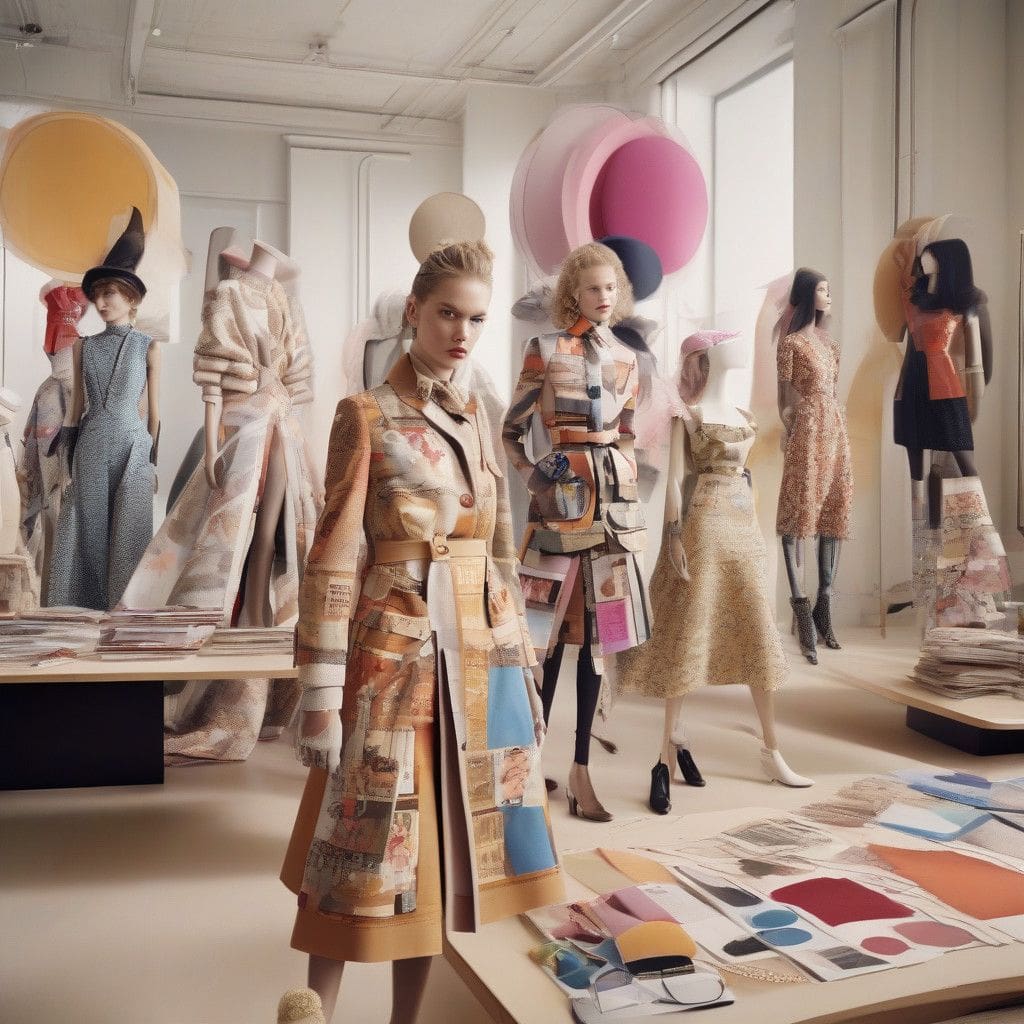The Milan Fashion Week for Spring/Summer 2025 showcased a curious melange of styles that left many wondering whether the fashion industry has reached a creative impasse. The event featured a nostalgic approach where designers seemed to rummage through past collections rather than innovating for the future. However, amidst the parade of reminiscence and repetition, a few brands managed to shine, displaying creativity and originality.
Designers like Donatella Versace and Dolce & Gabbana resorted to their archives, reviving past collections with a nostalgic twist. Versace’s work mirrored styles from 1997, while Dolce & Gabbana evoked the iconic Madonna era with a contemporary flair reminiscent of Jean Paul Gaultier. Roberto Cavalli, too, drew inspiration from Mediterranean aesthetics, recycling seven archival pieces that told tales of seascapes and sun-kissed glamour. This tendency to look back made one question if today’s designers are really crafting their own narratives or simply rehashing bygone designs.
In stark contrast, brands like Marni and Bally stepped forward with fresh perspectives. Francesco Risso’s Marni transformed the runway into a playful art installation filled with whimsical designs that expressed an avant-garde spirit. His latest collection embraced childlike absurdity, taking risks that other designers shied away from, demonstrating that pushing boundaries does lead to captivating and compelling fashion. Meanwhile, Simone Bellotti at Bally captivated audiences by reinventing the Swiss heritage with bold couture elements, successfully merging traditional influences with modern aesthetics.
However, not all brands succeeded in this endeavor. A notable trend was the evident lack of originality across many collections, often leading to a sense of blandness. Miuccia Prada collaborated with Raf Simons, which yielded a collection that reflected more on the overwhelming data culture rather than focusing on craft and design. The clothes seemed secondary to the conceptualization, raising questions on whether fashion should prioritize thoughtful commentary over wearability. While the duo’s efforts highlighted the clutter of modern life, they also left a lingering desire for garments that possess more than intellectual weight; clothes should also incite excitement and desire.
Max Mara consistently impresses by staying true to its design ethos, showcasing a well-structured and refined collection this season. Under the direction of Ian Griffiths, the brand flirted with vertical silhouettes and a clever interplay of shapes and colors. Such examples remind us that the essence of a brand’s identity should not be discarded in pursuit of trendiness.
The situation appeared dismal for Italian fashion, with concerns over its identity and a pressing need for a resurgence in authentic creativity. The absence of innovative spirit was palpable, leading many to believe that the vibrant legacy of Italian fashion could risk falling into mediocrity. Many newcomers failed to embody the distinctiveness of their predecessors, relying heavily on past successes rather than exploring uncharted territories.
Conversely, there was a refreshing take from younger talents such as Loris Messina and Simone Rizzo of Sunnei. Over their decade-long journey, they have cultivated a unique style rooted in simplicity and innovation on a budget. This year, they celebrated their brand’s anniversary with a collection that focused on playfulness and inclusivity, presenting designs on older models and delivering a message that “age is irrelevant.” Such sentiments, coupled with their unique vision, give hope for the future of Milanese fashion.
In analyzing how the industry responded to potential challenges, we can see that those who remained true to craftsmanship found favor with critics and audiences alike. Bottega Veneta under Matthieu Blazy continues to charm with its joyful designs. The emphasis on artisanal methods resonated with attendees, showing that simplicity, when executed with finesse, can evoke sophistication and excitement. Meanwhile, the inspirations behind collections drawn from past references need to be rethought and transformed into fresh visual statements that resonate with today’s consumers.
In conclusion, while Milan Fashion Week displayed a mix of creativity and nostalgia, the lessons learned underscore the balance between reverence for history and the necessity of originality. Fashion continues to be a mirror reflecting society. So, as the industry wrestles with these prominent themes, it becomes evident that moving forward requires not just revisiting past achievements but fundamentally evolving them. As we ponder whether this marks the end of fashion history, it’s clear that the real evolution lies ahead, waiting to be crafted by those bold enough to forge new paths.












